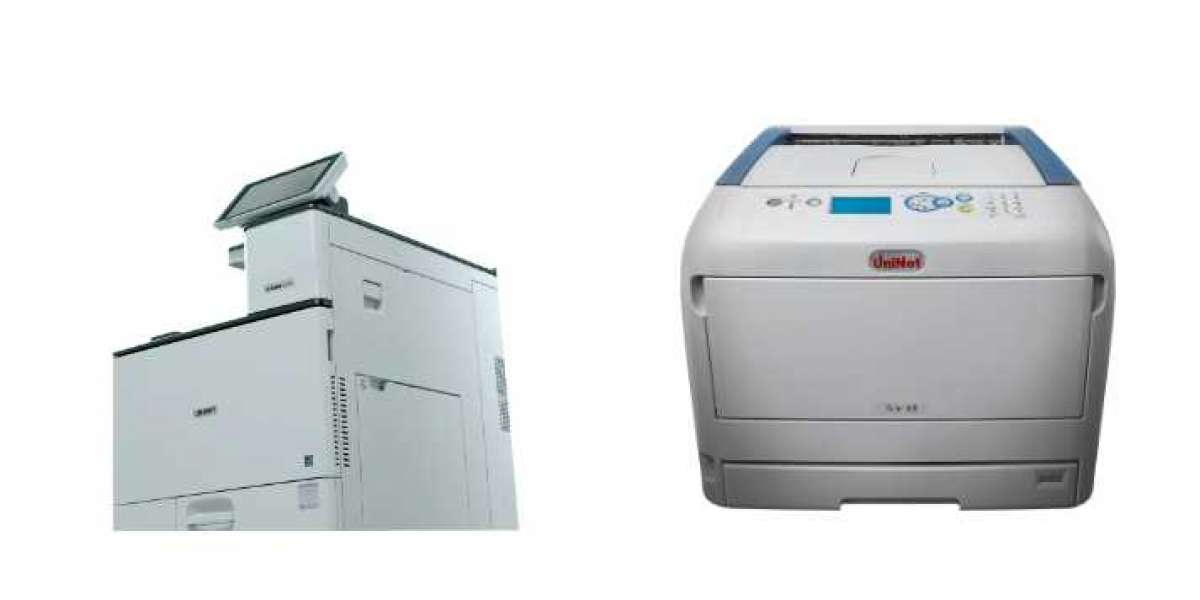Printing press machines have played a crucial role in the evolution of mass communication, allowing for the production of books, newspapers, packaging, and promotional materials on a large scale. Modern printing presses offer various technologies to meet different printing needs, from commercial publishing to industrial applications.
Types of Printing Press Machines
1. Offset Printing Press
Offset printing is one of the most common commercial printing methods, using metal plates to transfer ink onto paper via a rubber blanket.
Pros:
High-quality, sharp images
Cost-effective for large-volume printing
Works on various paper types
Cons:
High initial setup cost
Not ideal for short print runs
2. Digital Printing Press
Digital printing presses use laser or inkjet technology to print directly from a digital file, eliminating the need for printing plates.
Pros:
Quick setup and turnaround time
Ideal for small to medium print runs
Cost-effective for on-demand printing
Cons:
Higher cost per print for large volumes
Limited paper and material compatibility
3. Flexographic Printing Press
Flexographic printing is widely used for packaging, labels, and newspapers. It uses flexible relief plates to print on various materials like plastic, foil, and cardboard.
Pros:
Fast and efficient for large-scale production
Works on flexible and non-porous materials
Lower cost per print for bulk orders
Cons:
Requires specialized inks and plates
High initial investment
4. Gravure Printing Press
Gravure printing uses engraved cylinders to transfer ink onto materials, making it suitable for high-volume printing of magazines, packaging, and wallpapers.
Pros:
Produces high-resolution images
Durable printing cylinders
Consistent quality for long print runs
Cons:
Expensive setup and cylinder production
Not ideal for short-run projects
5. Screen Printing Press
Screen printing presses use a mesh screen to transfer ink onto surfaces, commonly used for textiles, posters, and signage.
Pros:
Ideal for printing on fabric, glass, and metal
Durable and vibrant prints
Cost-effective for small batches
Cons:
Slow production speed for detailed designs
Requires multiple screens for multi-color printing
Choosing the Right Printing Press Machine
Printing Volume: Offset and gravure printing are best for large-scale production, while digital and screen printing work well for smaller batches.
Print Quality: Gravure and offset printing offer high-quality images, while flexographic printing is ideal for packaging.
Material Compatibility: Flexographic and screen printing allow for printing on non-paper materials.
Budget: Digital printing is cost-effective for short runs, while offset and gravure printing require higher initial investments.
Turnaround Time: Digital printing offers the fastest setup and production time.
Conclusion
Printing press machine come in various types, each suited for different printing needs. Whether you require high-quality book printing, packaging solutions, or on-demand digital prints, selecting the right printing press can enhance efficiency and cost-effectiveness for your business.







